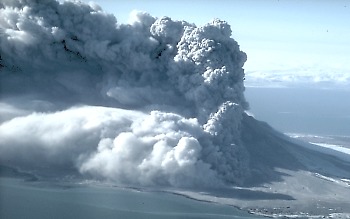
Picture 2 (U.S Geological Survey B. Yount) Showing a pyroclastic flow travelling down the volcano during the 1986 eruption
Type of Volcano: Stratovolcano with a summit lava dome
Location: 285km southwest of Anchorage in the Cook Inlet
Magma Composition: Low potassium calc-alkaline andesite to dacite and rich in glass.
Volcano Structure: The Augustine volcano forms an island that measures approximately 8km by 11km which has an irregular coastline (seen in picture 1) due to avalanches caused by the explosive eruptions and subsequent collapse of the volcano (Miller et al, 1998).
Historic Activity: The volcano has been erupting explosively since 1812 (Decker & Decker, 1998) and some of the main dangers posed by its eruptions include ashfalls and volcanically generated tsunamis. Augustine is considered the most active of the Cook Inlet Volcanoes and is also the youngest (Miller et al, 1998). Major eruptions have occurred in 1812, 1883, 1908, 1935, 1963-64, 1976 and 1986 (Wallace et al, 2000).
Historically the 1883 eruption is thought to have been the most violent and it has been estimated that this eruption generated a tsunami up to 9m high which was the result of a collapse of the volcano (Miller et al, 1998). The 1986 eruption saw Augustine produce a constant ash plume for five months. This plume rose to an altitude in the region of 3 to 4.5km but reached as much as 12km during explosive bursts of activity (Miller et al, 1998). The ash plume and pyroclastic flows can be seen in picture 2.
|
Picture 2 (U.S Geological Survey B. Yount) Showing a pyroclastic flow travelling down the volcano during the 1986 eruption |
Pictures 3 and 4 below show an outcrop of the lava ridge at the top of the volcano.
|
Courtesy of Steve Jordi @ www.sjordi.com/volcanoes |
Courtesy of Steve Jordi @ www.sjordi.com/volcanoes |
Please click on the link to answer the quiz about this volcano or continue to site 3
FIELDTRIP SITE 1 SITE 3 SITE 4 SITE 5 LINKS